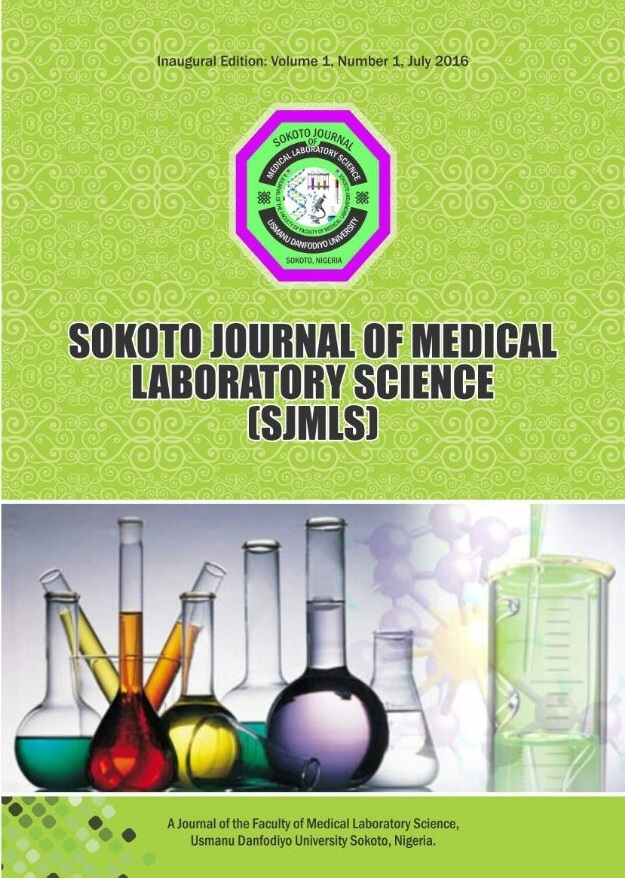Protective Effect of Garcinia Kola Seed and Honey Mixture Against Cadmium-Induced Nephrotoxicity in Albino Rats
Abstract
In this study, Garcinia kola Seed (GKS), Honey and a mixture of both were investigated for protective action against Cadmium acetate-induced nephrotoxicity in wistar rats. The GKS mixed with honey preparation was done by weighing 20g of powered GKS and 80g of honey, this mixture was diluted with distilled water at a weight/volume ratio of 1:4. Different groups of animals were fed GKS, Honey or a mixture of both (50mg/100g body weight and 100mg/100g body weight of GKS) in solution with normal saline or Cadmium acetate in solution with normal saline (induced group), Normal saline only (Control) was given for 14 days and then co-administered orally in this order: Garcinia kola seed and Cadmium acetate for 7 days (in different dose regimen of GKS 50mg/100g body weight and 100mg/100g body weight), Garcinia kola seed mixed with honey and cotreated with Cadmium acetate for 7 days and finally Honey and cadmium acetate for 7 days. In total, there were six (6) groups. Five rats were used for each group giving a total 30 wistar rats (25 animals for the study groups and 5 animals for the control). The renal function parameters were assessed by the following battery of tests including; Plasma total protein, Albumin, Sodium, Potassium, Bicarbonate, Urea and Creatinine. The histology of the kidney was done for one animal per group using the Haematoxylin and Eosin (H & E) stain, and their micro pictograph reported (×400 magnification) was reported. The results obtained were analyzed using the SPSS Sheff and Duncan and presented as Mean ±SEM, at a (P≤ 0.05). The results from the study showed that the total protein, albumin, Urea, and Bicarbonate levels were significantly lowered and the potassium level was significantly high in the renal function indices. These show that Cadmium is a very toxic heavy metal causing serious renal cell damage evident in renal acidosis. The histological findings in the kidney also show a clear distortion and cellular damage. The GKS, Honey or a mixture of both were found to exhibit a partial protective characteristic against Cadmium acetate-induced kidney function damage as evidenced by the ability of each test material to mitigate the decrease in plasma total protein and albumin, and an increase in sodium and potassium, urea and creatinine. These findings were consistent with the results of the histological studies of the kidney from the GKS, Honey and a mixture of both using in the rats in the various groups.




